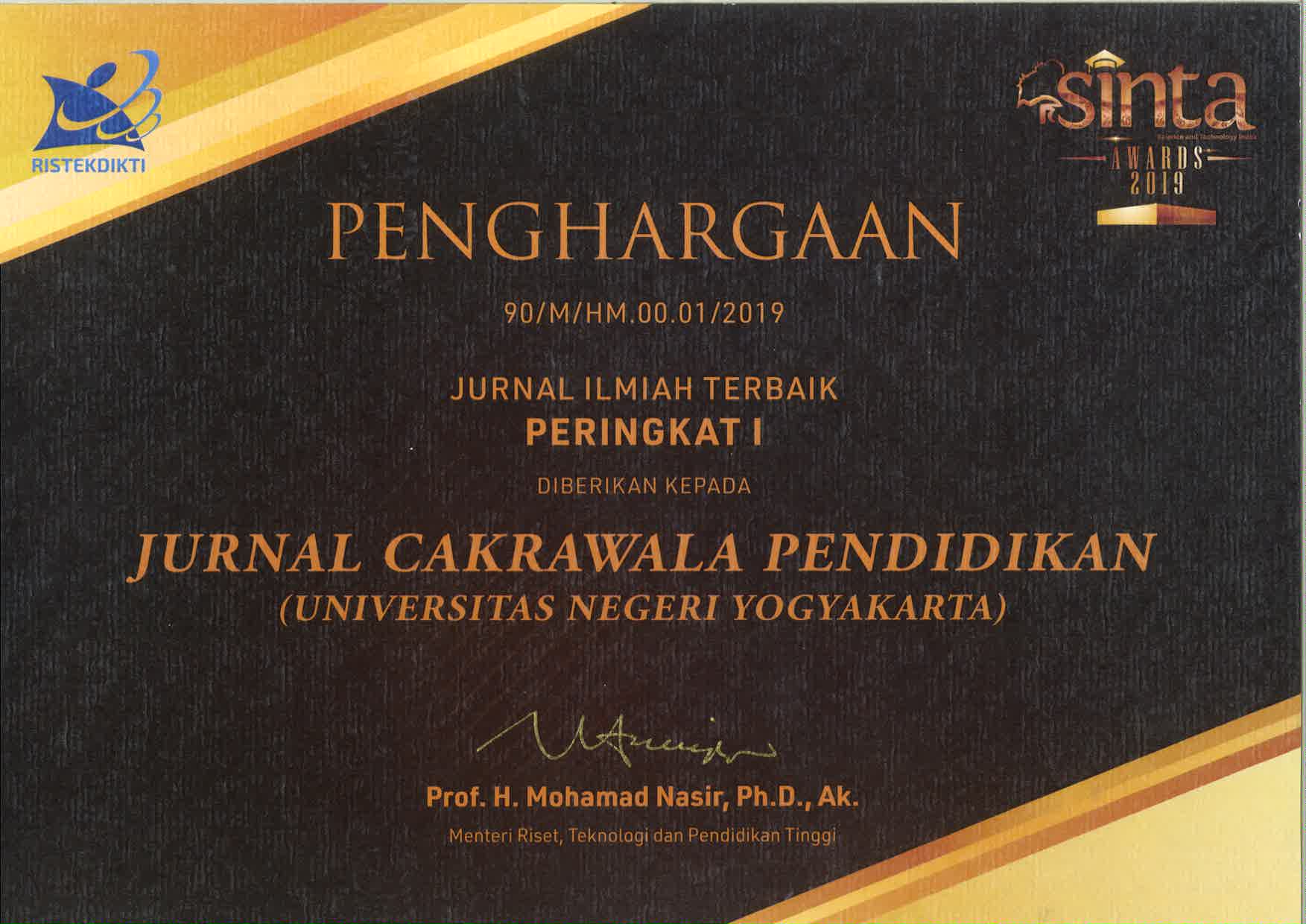Functions of teacher authority in classroom interaction: Investigating contexts for language learning
Downloads
Classroom interaction is fundamental to any pedagogical practice. Through interaction, teachers accomplish the tasks of teaching and managing classroom activities. Whatever approach a new or experienced teacher takes to teaching, classroom communication mediates between teaching and learning. The teacher-student relationship is inherently asymmetrical, where the teacher has the power to establish different contexts for language use and learning in a classroom and to control student behaviour. The aim of the study is to investigate the typical discursive structures of classroom interaction to determine the different contexts for language learning. Qualitative data was collected from five schools in the Eastern Cape, South Africa. The data was analysed using theoretical and analytical models from conversation and discourse analysis. The findings revealed that teachers use their authority and power to set up contexts where learners partake in different forms of interaction, which have different implications for language learning. In some contexts, the teacher strictly controls interaction; in others, the students have more power over their interaction. Teachers must be cognisant of their choices to make informed pedagogical decisions in their language classrooms.
Downloads
REFERENCES
Allwright, D. 1984. The importance of interaction in classroom language learning. Applied Linguistics, 2, 156–171. DOI:10.1093/applin/5.2.156
Brumfit, C.J. 1984. Communicative Language Methodology in Language Teaching: The roles of accuracy and fluency. Cambridge: Cambridge University Press.
Cazden, C.B. 1988. Classroom Discourse: The language of teaching and learning. Portsmouth: Heinemann
Chimombo, M. & Roseberry, R.L. 1998. The Power of Discourse: An introduction to discourse analysis. London: Lawrence Erlbaum Associates.
Christie, F. 2002. Classroom Discourse Analysis: A functional perspective. London: Continuum.
Edwards, A.D. & Westgate, D.P.G. 1994. Investigating Classroom Talk. London: The Falmer Press.
Ellis, R. 1990. Instructed Second Language Acquisition. Oxford: Blackwell.
Ellis, R. 1999. Learning a Second Language through Interaction. Amsterdam: John Benjamins Publishing Co.
Gardner, R. 2019. Classroom Interaction Research: The State of the Art. Research on Language and Social Interaction. 52 (3). Pp. 212-226. DOI: ttps://doi.org/10.1080/08351813.2019.1631037
Gass, S.M. 1997. Input, interaction, and the second language learner.
Mahwah, NJ: Lawrence Erlbaum Associates.
Gass, S.M., Mackey, A. & Pica, T. 1998. The role of input and interaction in second language acquisition. In The Modern Language Journal 82/iii: 299-305.
Greyling, W.J. 1995. Sinclair and Coulthard revisited: Global- and local- allocational turn-taking mechanisms in the language classroom. In: Bouton, L.F. (ed.) 1995, Pragmatics and Language Learning. Monograph Series. Vol. 6, 19-45 University of Illinois, Urbana- Champaign.
Johnson, K.E. 1995. Understanding Communication in Second Language Classrooms. Cambridge: Cambridge University Press.
Krashen, S.D. 1982. Principles and Practice in Second Language Acquisition. New York: Prentice Hall.
Krashen, S.D. 1988. Second Language Acquisition and Second Language Learning. Hertfordshire: Prentice Hall International.
Krashen, S. 1989. we acquire vocabulary and spelling by reading: Additional evidence for the input hypothesis. Modern Language Journal. 73(4). Pp. 440-463. DOI:10.1111/j.1540-4781.1989.tb05325.x
Malamah-Thomas, A. 1987. Classroom Interaction. Oxford: Oxford University Press.
McNiff, J. 2017. Action Research: All You Need to Know. London: Sage Publications.
Mehan, H. 1985. The Structure of Classroom Discourse. Pp. 119-131. In T.A. van Dijk (ed.), Handbook of discourse analysis (Volumes 1-4). London: Academic Press.
Nunan, D. 1991. Language Teaching Methodology: A textbook for teachers. Hertfordshire: Prentice Hall International (UK) Ltd.
Petitjean, C. 2014. Social representations of turn-taking in classrooms: From compulsory to post-compulsory schooling in French-speaking Switzerland. Classroom Discourse, 5(2), 138–157. DOI:10.1080/19463014.2013.823350
Pica, T. 1996. The essential role of negotiation in the communicative classroom. JALT Journal, 78(2):241-268.
Richards, J.C. 2006. Communicative Language Teaching Today. Cambridge: Cambridge University Press.
Richards, J. & Rodgers, T. 1986. Approaches and Methods in Language Teaching. Cambridge: Cambridge University Press.
Rowe, M. 1986. Wait time: slowing down may be a way of speeding up. In Journal of Teacher Education 37:43-50.
Sacks, H., Schegloff, E.A. & Jefferson, G. 1974. A Simplest Systematics for the Organisation of Turn-Taking in Conversation. In Language 50/4: 696-735.
Sahlstrí¶m, J. (2011). Learning as social action. In J. K. Hall, J.
Hellermann, & S. Pekarek- Doehler (Eds.), L2 interactional competence and development (pp. 45–65). Clevedon: Multilingual Matters.
Sinclair, J. & Coulthard, M. 1975. Towards an Analysis of Discourse: The English used by teachers and pupils. London: Oxford University Press.
Swain, M. 1995. Three functions of output in second language learning. In Cook, G & Seidlhofer, B. (Eds.) Principles & practice in applied linguistics. Oxford University Press.
Swain, M. & Lapkin, S. 1998. Interaction and second language learning: Two adolescent French immersion students working together. In The Modern Language Journal 82/iii: 320-337.
Stern, H.H. 1992. The analytic-experiential dimension. Pp. 301-326. In J.P.B. Allen & B. Harley (eds.), Issues and Options in Language Teaching. Oxford: Oxford University Press.
Stubbs, H. 1983. Discourse Analysis: The sociolinguistic analysis of natural language. Chicago: Chicago University Press.
Van Lier, L. 1995. Introducing Language Awareness. London: Penguin.
Van Lier, L. 1988. The Classroom and the Language Learner. London: Longman.
Van Lier, L. 1996. Interaction in the Language Curriculum: Awareness, Autonomy and Authenticity. London: Longman.
Walsh, S. 2011. Exploring classroom discourse: Language in action. Abingdon, England: Routledge.
Waring, H. (2011). Learner initiatives and learning opportunities in the language classroom. Classroom Discourse, 2(2), 201–218. DOI:10.1080/19463014.2011.614053
Vygotsky, L.S. 1978. Mind in society: The development of higher psychological processes. Massachusetts: Harvard University Press.
White, L. & Lightbown, P.M. 1984. Asking and Answering in ESL Classes. In The Canadian Modern Language Review 40/2: 228-244.
Wright, T. 1987. Roles of Teachers and Learners. Oxford: Oxford University Press.
Copyright (c) 2025 Fouzia Munir

This work is licensed under a Creative Commons Attribution-ShareAlike 4.0 International License.
Jurnal Cakrawala Pendidikan, Jurnal Ilmiah Pendidikan, with ISSN: 0216-1370, is published by the Institute of Education Development and Quality Assurance (LPPMP UNY). Cakrawala Pendidikan has been recently has been re-accredited by Indonesian Ministry of Education and Culture decision Number 230/E/KPT/2022 which is valid for five years since enacted on 30 December 2022.




























